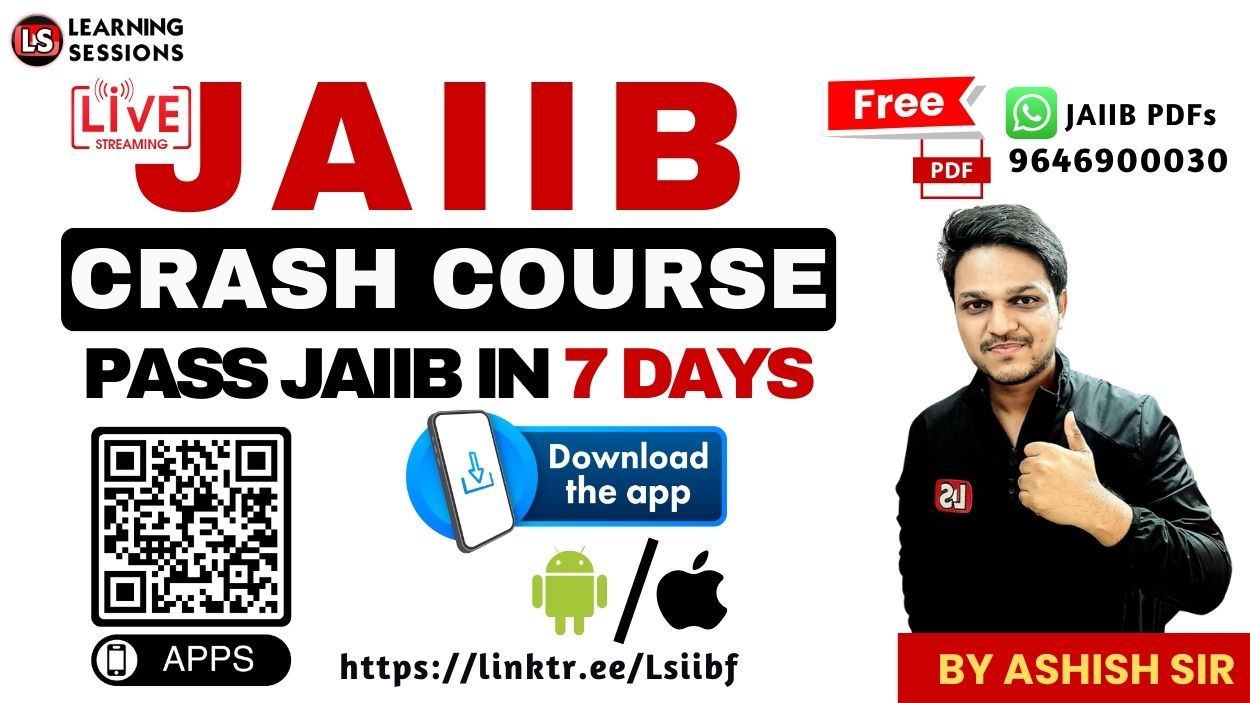Have you ever wondered how banks manage your money with such precision? Whether you’re a budding entrepreneur, a student diving into financial studies, or simply someone curious about banking operations, understanding deposit accounts can seem overwhelming at first. This video breaks down the operational aspects of deposit accounts—from current accounts and savings accounts to term deposits—making complex banking practices accessible and engaging. Imagine being able to navigate your bank’s policies, understand eligibility rules, and even learn the nuances of fee structures and renewal processes with confidence. The presenter explains everything in clear, relatable language and uses real-world examples to illustrate key points. You’ll learn why certain accounts don’t earn interest, what happens if you don’t maintain a minimum balance, and how loan facilities against term deposits work.
1. Introduction to Deposit Account Operations (00:00:00 – 00:01:14)
Right from the start, the video promises a comprehensive look into every operational detail of deposit accounts. The presenter sets the stage by assuring viewers that nothing will be left out—covering every aspect from eligibility criteria to day-to-day transactions. Have you ever felt like banking details are intentionally vague? This session dispels that mystery by walking you through the basics and laying a strong foundation for deeper insights.
📚 JAIIB Study Resources 📚
👉 Check Here
👉 Check Here
👉 Check Here
👉 Get Tests Here
👉 Check Here
2. Current Account: Features, Eligibility & Transactions (00:01:14 – 00:08:01)
What is a Current Account?
A current account is primarily for businesses and professionals who require frequent transactions. In this section, you’ll learn:
- Eligibility: Who can open a current account? (e.g., individuals, partnerships, LLPs, companies, etc.)
- Key Characteristics: No interest is paid on these accounts, but they offer unlimited transactions.
- Restrictions: Certain individuals (like minors, illiterate persons, or those without proper authorization) cannot open these accounts to avoid operational glitches.
Interactive Insight: Imagine you’re a trader handling numerous checks daily—this is where a current account becomes essential. The video uses relatable analogies to explain why such accounts are tailored for high-frequency, business-oriented transactions. Have you ever wondered why banks insist on a minimum balance or impose charges for non-maintenance? These details are clearly explained here.
3. Savings Account: Benefits, Eligibility & Operation (00:08:01 – 00:15:15)
Moving on to savings accounts, the presenter explains that these accounts are designed to promote a savings habit among individuals. Here’s what you’ll discover:
- Features: Savings accounts usually earn interest, and you can deposit cash, cheques, or even transfer funds online.
- Eligibility: Who can open a savings account? (Individuals, some institutions, and even certain government bodies under specific conditions.)
- Usage Tips: Learn about deposit methods, withdrawal processes, and the importance of maintaining a balance.
Quick Facts:
– Interest Rates: Vary across banks, often ranging from 2% to 6%, with special rates for higher balances.
– Facilities: Many banks offer additional perks like ATM cards, auto-sweep options, and online banking facilities.
The conversational tone makes it feel like you’re discussing personal finance with a trusted friend. Have you ever received confusing guidelines from your bank? This section cuts through the jargon and explains everything in bite-sized pieces.
4. Bank Policies: Minimum Balance, Charges & Account Transfers (00:15:15 – 00:20:25)
In this segment, the focus shifts to the nitty-gritty of bank policies:
- Minimum Balance Requirements: Understand why banks require you to keep a specific balance and what happens if you fall short.
- Charges & Penalties: From low balance charges to fees for extra transactions, learn how these are applied fairly and reasonably.
- Account Transfers & Closures: The video explains how to seamlessly transfer your account between branches and what documents (like cheque books and passbooks) are needed during account closure.
Bullet Points to Remember:
– Maintain your daily average balance to avoid penalty charges.
– Timely account closure or transfer can save you from unnecessary fees.
Using a mix of examples and straightforward language, the presenter demystifies what might seem like overwhelming policy details.
5. Term Deposits: Fixed Deposits, Renewals & Overdue Deposits (00:25:39 – 00:33:11)
Term deposits or fixed deposits are a favorite for those looking to earn better returns:
- Setting Up an FD: Learn about the duration options (from 7 days to 120 months) and the concept of bulk deposits.
- Renewal Processes: Understand the difference between automatic and manual renewals, and what happens if you miss the renewal window.
- Pre-mature Withdrawals: Discover how interest is recalculated if you withdraw your deposit early, and the penalties involved.
Key Takeaways:
– Joint Accounts & Splitting Deposits: Find out how to manage deposits if you’re sharing with someone else.
– Loan Against Deposit: Banks often allow loans against your term deposits, with details on lien and assignment charges clearly explained.
This section is peppered with practical examples and lists that make it easier to remember each point. Have you ever thought about using your fixed deposit as collateral for a loan? This part of the video gives you all the insights you need.
6. Loans Against Deposits & Final Operational Tips (00:33:11 – 00:40:40)
The final portion dives into the integration of loans with term deposits:
- Loan Facilities: How banks calculate the loan amount based on your deposit, the interest rate deviations, and the importance of margin maintenance.
- Account Adjustments: What happens when you opt for a “force close” on your FD while a loan is outstanding.
- Final Operational Tips: The presenter wraps up with key reminders and upcoming topics, ensuring you have a complete understanding of how deposit accounts function.
Engage & Reflect:
– Rhetorical Question: Wouldn’t it be great to know all these details before making your next banking decision?
– Actionable Insight: Write down any questions you have and share them in the comments below!
Throughout, the conversational tone and structured bullet points ensure that even the most complex banking operations are explained in a simple, relatable manner.
Conclusion
In summary, this video is a treasure trove of practical information on the operational aspects of deposit accounts. Whether you’re learning about current accounts with their no-interest structure, the benefits and limitations of savings accounts, or the strategic use of term deposits to maximize returns, every detail is laid out clearly. The session also emphasizes understanding bank policies, managing fees, and even leveraging your deposits for loans. By breaking down each topic into manageable segments, the presenter makes it easy for anyone to grasp even the most technical aspects of banking.
Now is the time to put these insights into practice! Revisit your banking statements, check your account balances, and explore the facilities your bank offers. Have any questions or personal experiences to share? Drop your thoughts in the comments, and let’s build a community that’s financially savvy. Don’t forget to subscribe for more in-depth financial guides and updates. Happy learning!
Download the Comprehensive PDF
For a quick reference and detailed notes, download our comprehensive PDF guide on deposit account operations. It’s packed with charts, bullet points, and key takeaways to help you master the art of banking.







